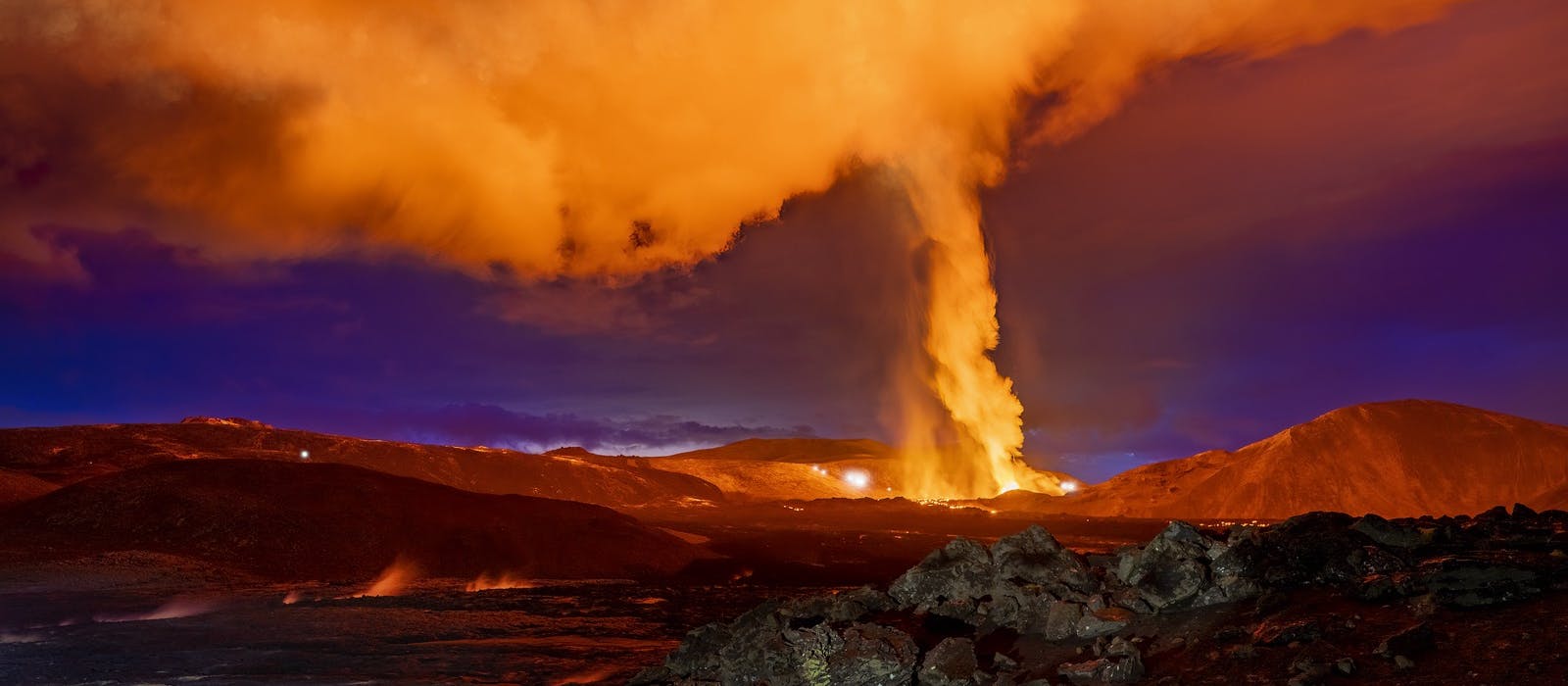
Most Famous Volcanoes in Iceland
Iceland has one of the densest concentrations of volcanoes on the planet. Despite its size, this small, mid-Atlantic country boasts a high concentration of volcanoes – making it one of the top locations on Earth for volcanic activity. Interestingly, Iceland has approximately 30 active volcanic systems, some containing a number of individual volcanoes.
This volcanic intensity stems from the country's unique geological position, straddling two tectonic plates – the North American and the Eurasian. These plates' frequent moving and grinding causes magma from deep within the Earth's mantle to rise to the surface, leading to frequent volcanic eruptions. Additionally there is a mantel plume below the country giving its interiors extra heat.
Many of Iceland's volcanoes have significantly impacted the nation's landscapes, creating, strato volcanoes, crater rows, scenic lava fields, geysers, and hot springs, and have also played crucial roles in shaping the country's history and culture.
Below are some of the most iconic and noteworthy volcanoes in Iceland. Each has its own story and significance, making them fascinating for locals and tourists alike.
1. The Tallest: Öræfajökull
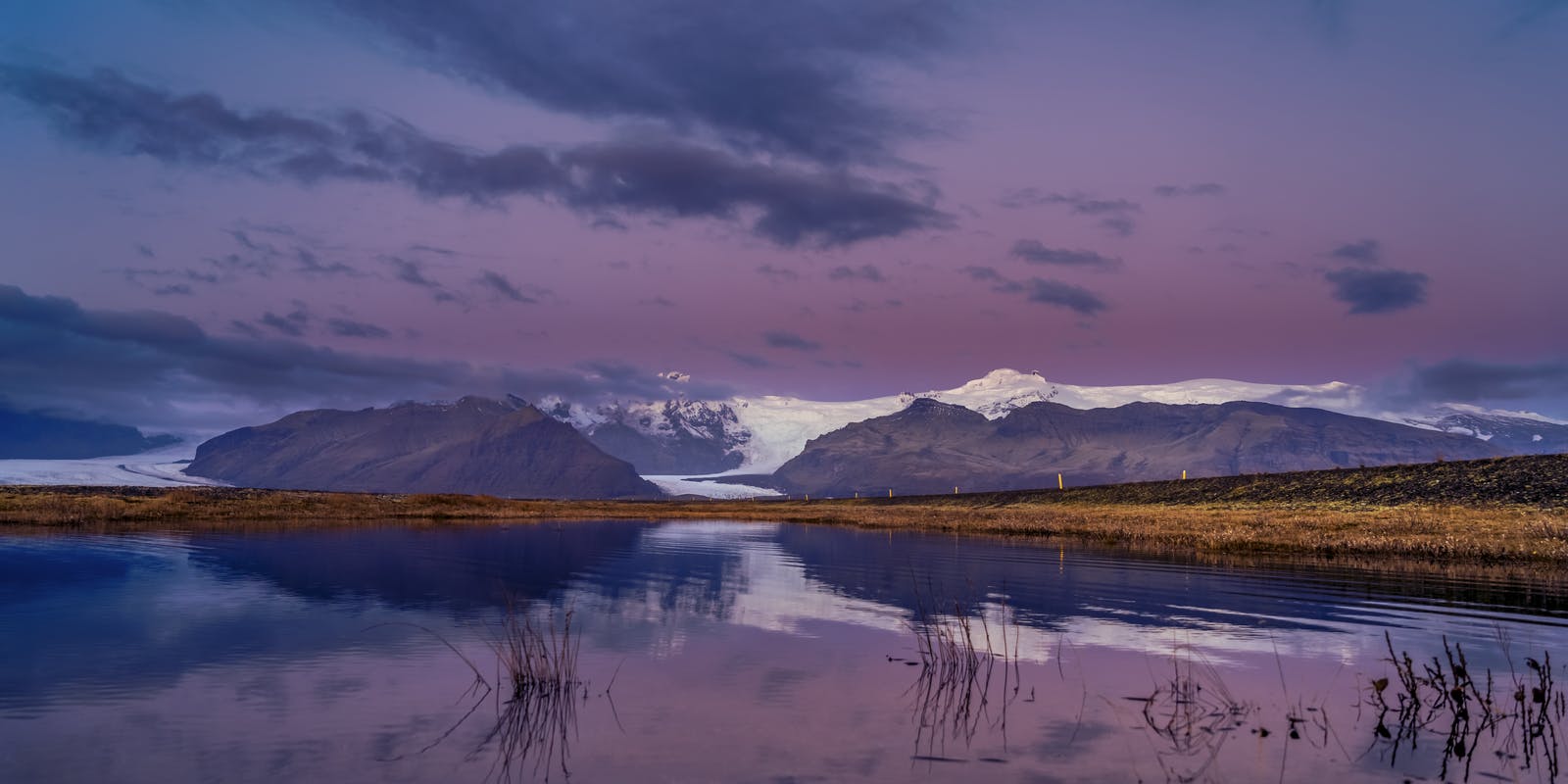
Measuring 2110 metres tall, this is Iceland's tallest volcano. It's located in southeast Iceland and part of the Vatnajökull glacier. You'll see it if you're driving the Ring road between Höfn and Vik.
It had a couple of spectacular eruptions, firstly in 1362 when it ejected huge amounts of tephra (volcanic ash and rock fragments) and then again in 1728. These volcanic outbursts resulted in catastrophic floods, dramatically reshaping the landscape and impacting the surrounding regions with significant casualties.
Although the volcano has been mostly dormant since the 18th century, there were indications in 2018 suggesting that Öræfajökull might be stirring from its prolonged sleep.
However, as we move into the 21st century, there's yet to be an eruption. This period of dormancy, however, hasn't diminished its imposing stature, making Öræfajökull a noteworthy feature in Iceland's diverse array of volcanic systems.
2. The Second Tallest: Bárðarbunga
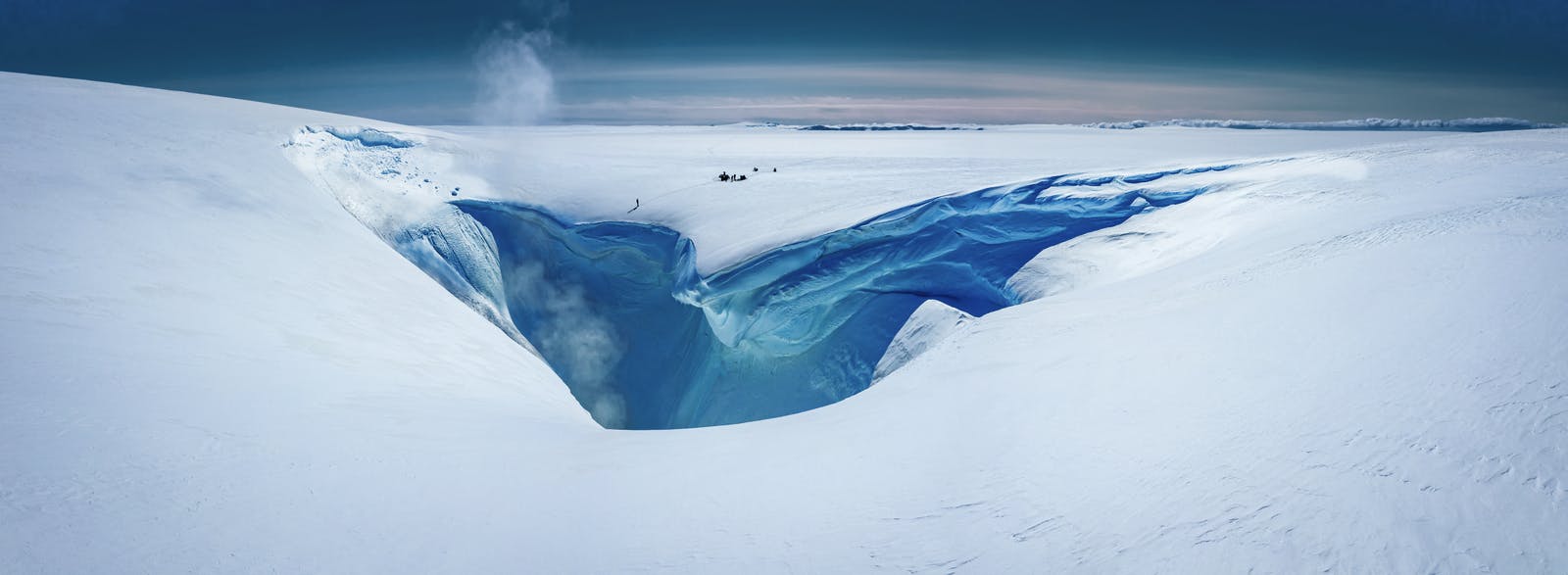
Bárðarbunga, a volcanic neighbour to Öræfajökull, shares its location beneath the expansive Vatnajökull glacier. This impressive central volcano is a bit lower than Öræfajökull's height at 2009 metres. Bárðarbunga remains largely veiled beneath hundreds of metres of ice, adding an air of mystique to its presence. There is a huge ice-filled caldera, a site of many explosive eruptions. The caldera is cut by fissure swarms, where lava eruptions have taken place, such as the prehistoric Þjórsárhraun eruption, producing the largest lava flow in Iceland. The Veiðivötn explosive eruption of 1477 also occurred inside the Bárðarbunga volcanic system.
More recently, Bárðarbunga reasserted its active status with a substantial lava outpouring in the Holuhraun eruption in 2014. When the region around the volcano was eventually deemed safe and reopened to the public, the freshly formed lava field remained cordoned off due to its volatile state. It was deemed far too hazardous for human access, demonstrating the profound and lasting impacts of Bárðarbunga's eruptions on its surroundings. Now the site is safe to visit for people in approved vehicles to drive on Iceland’s F-roads.
3. The Most Feared: Katla
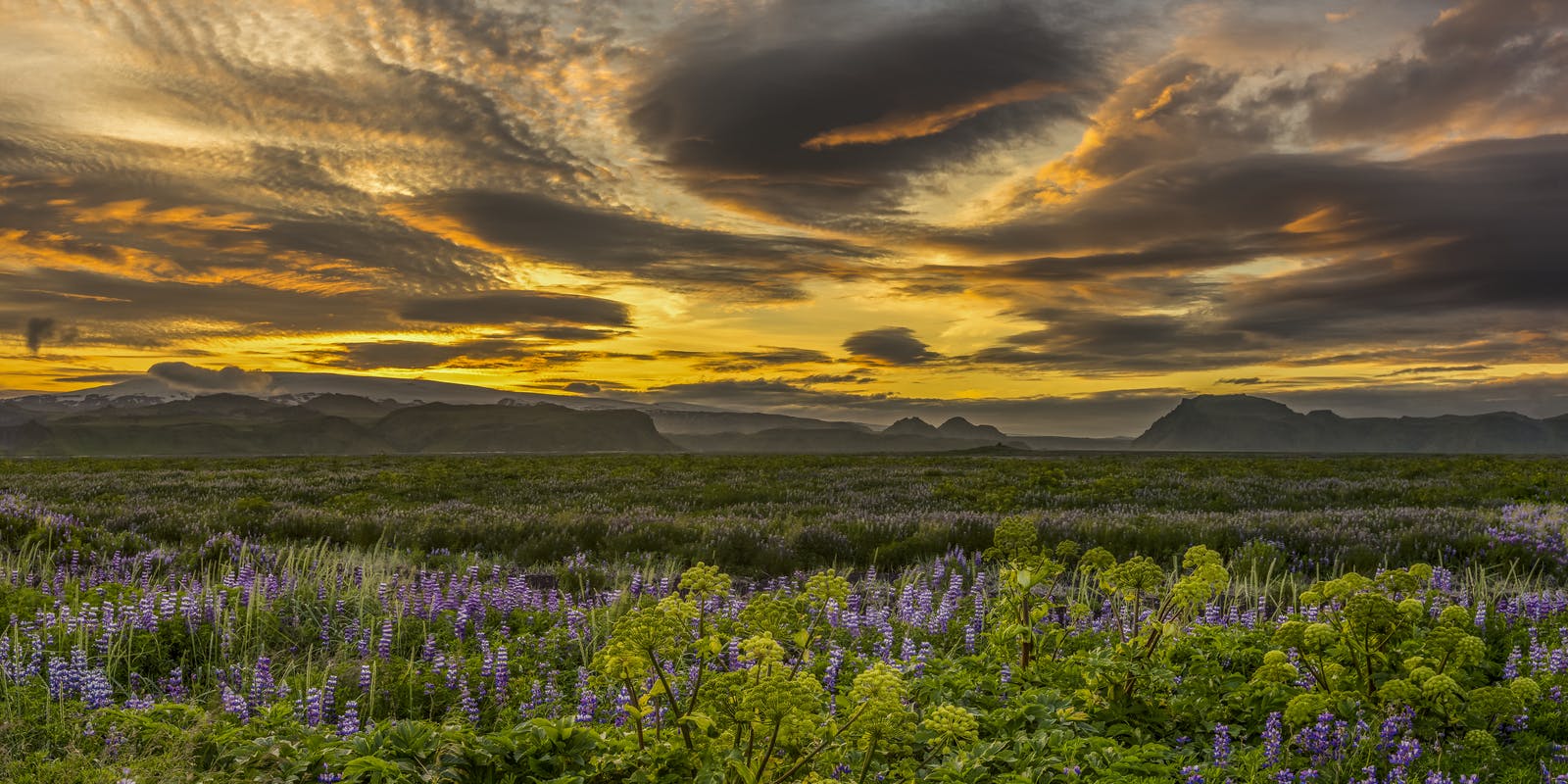
The largest volcano in Iceland is often mistakenly considered to be Katla, as it's one of the most destructive in recent history. It stands 1512 metres tall, significantly smaller than the largest of Iceland's volcanoes. However, the scale of its impact over time fuels the common misconception about its size.
Over the last thousand years, it has erupted over twenty times. These eruptions have occurred with varying frequency, typically 20 to 90 years apart.
The last considerable eruption of Katla occurred in 1918, which makes it over a century since the volcano's last major activity. Given this gap, many experts believe that Katla may be due for another eruption and a large one.
While we cannot predict the exact timing of this event, historical patterns suggest that when Katla does erupt again, the consequences could be significant. The potential for damage caused by the eruption, alongside the associated seismic and flooding events, is what earns Katla its reputation as one of the most feared volcanoes in Iceland.
4. The Most Disruptive: Eyjafjallajökull
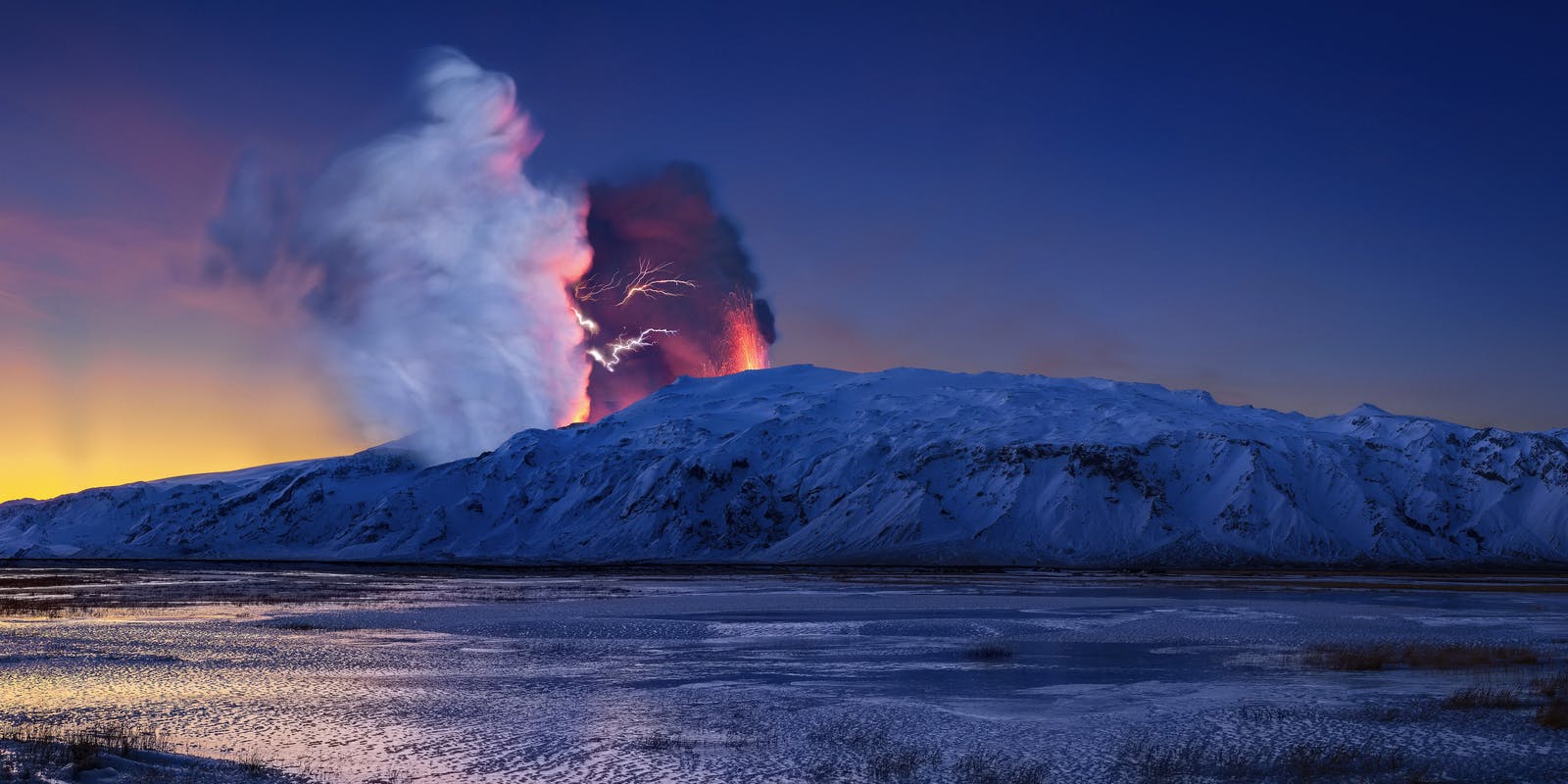
Eyjafjallajökull, despite its tongue-twisting name, is a volcano that many people around the world remember. This is due to its eruption in 2010, which caused a significant amount of volcanic ash to be released into the atmosphere, disrupting air travel worldwide.
Eyjafjallajökull, a stratovolcano rising to a height of 1640 metres, has a large crater with a diameter ranging between 3 to 4 kilometres. This volcano was thought to have a sort of volcanic sibling relationship with Katla, as historically, eruptions from Katla have followed eruptions from Eyjafjallajökull.
However, in 2010, when Eyjafjallajökull erupted in a manner that garnered global attention, Katla remained surprisingly quiet. This unexpected silence from Katla, following the eruption of its supposed twin, left many wondering if they were siblings at all.
This unpredictable nature of volcanoes, particularly ones as impactful as Eyjafjallajökull and Katla, adds to the intrigue and complexity of studying Iceland's volcanic systems.
5. The Most Likely to Erupt: Grímsvötn
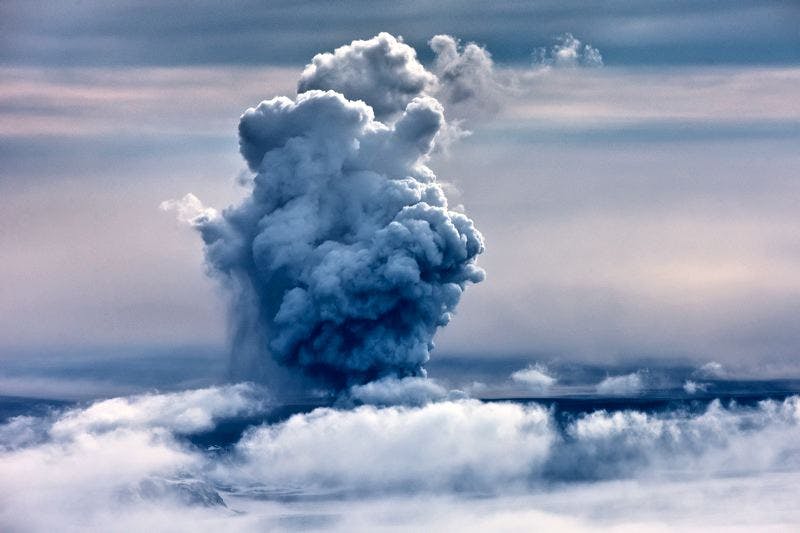
In southeastern Iceland, not far away from the northwestern edge of the Vatnajökull glacier, lies Grímsvötn. With its caldera rising to 1725 metres, this volcano ranks sixth highest in the country. Grímsvötn is primarily a basaltic volcano, characterized by the dark, iron and magnesium-rich lava and tephra it produces.
Interestingly, Grímsvötn holds the record for the highest frequency of eruptions in Iceland. However, many of these volcanic events have occurred beneath the cover of the Vatnajökull glacier, making them less visually noticeable but no less significant in terms of their geological impact.
One of the most recent and notable eruptions from Grímsvötn occurred in 2011. This eruption sent ash and tephra high into the atmosphere, similar to the eruption of Eyjafjallajökull the year before. As a result, air travel was affected. However, the disruption was limited mainly to Iceland, the UK, Greenland, Germany, Ireland, and Norway.
According to volcano experts, Grímsvötn will likely continue its active streak for centuries to come. The continuous monitoring and study of this volcano is not just of scientific interest but is also crucial for preparing and mitigating potential future disruptions caused by its eruptions.
6. The Most Likely to be Described as Hell: Hekla
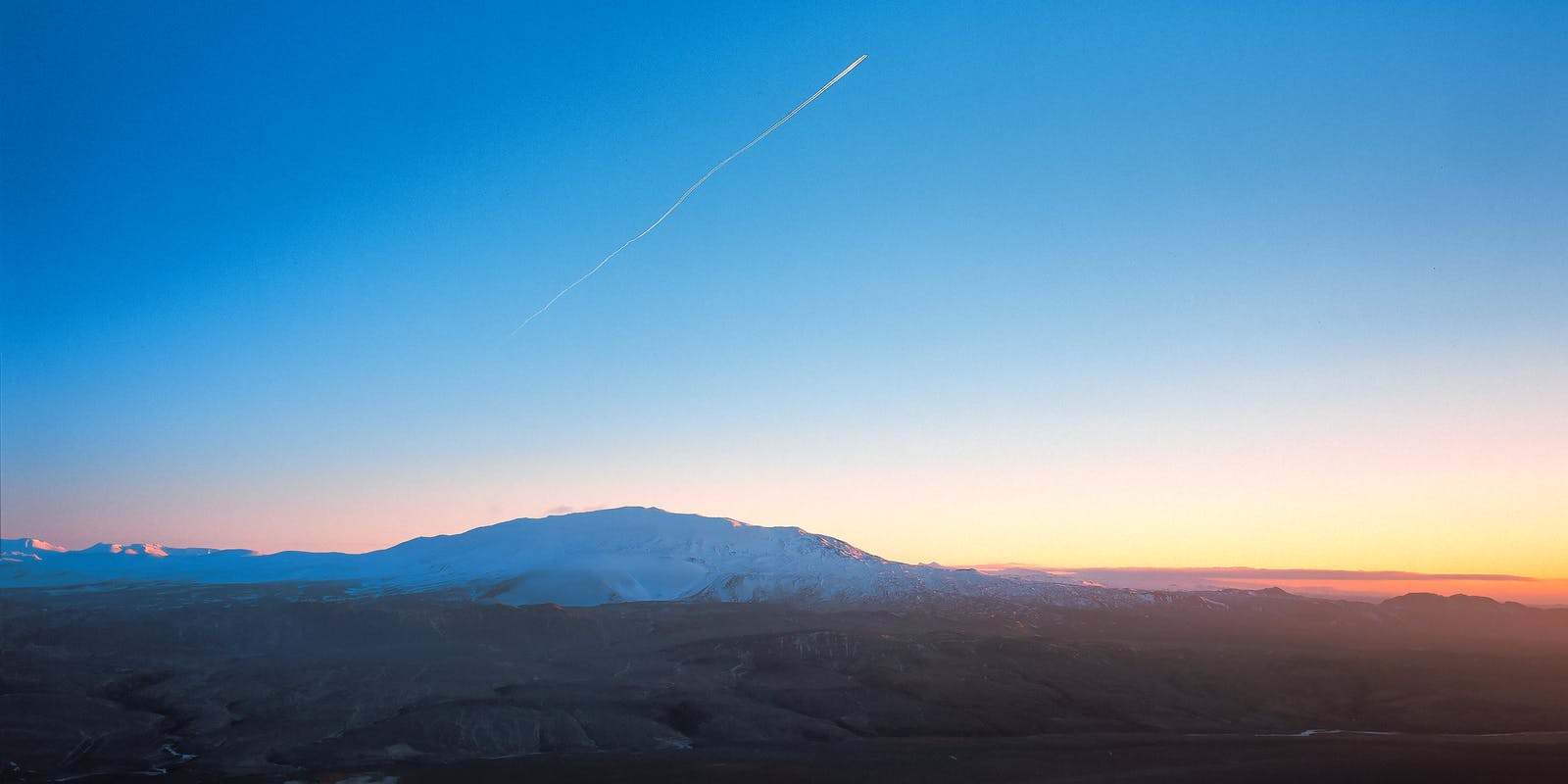
Hekla, an active volcano in Iceland, was referred to as the "gateway to hell" during medieval times. This nickname arises from European folklore where witches would gather under Hekla's "hooded cloak" every Easter. The "hooded cloak" is a poetic reference to the often cloudy condition around Hekla's peak, adding an air of mystery and intrigue to the mountain. Icelanders didn’t like this idea, they didn’t belive that the entrance to Hell was in their backyard.
Like many of its volcanic counterparts in Iceland, Hekla has had a fair share of eruptions over the past thousand years, with a frequency similar to Katla. The most recent notable eruption from Hekla occurred in the year 2000, lasting for approximately ten days. Current indications suggest that Hekla might be gearing up for another round of volcanic activity.
Learn More and Experience Volcanoes in Iceland
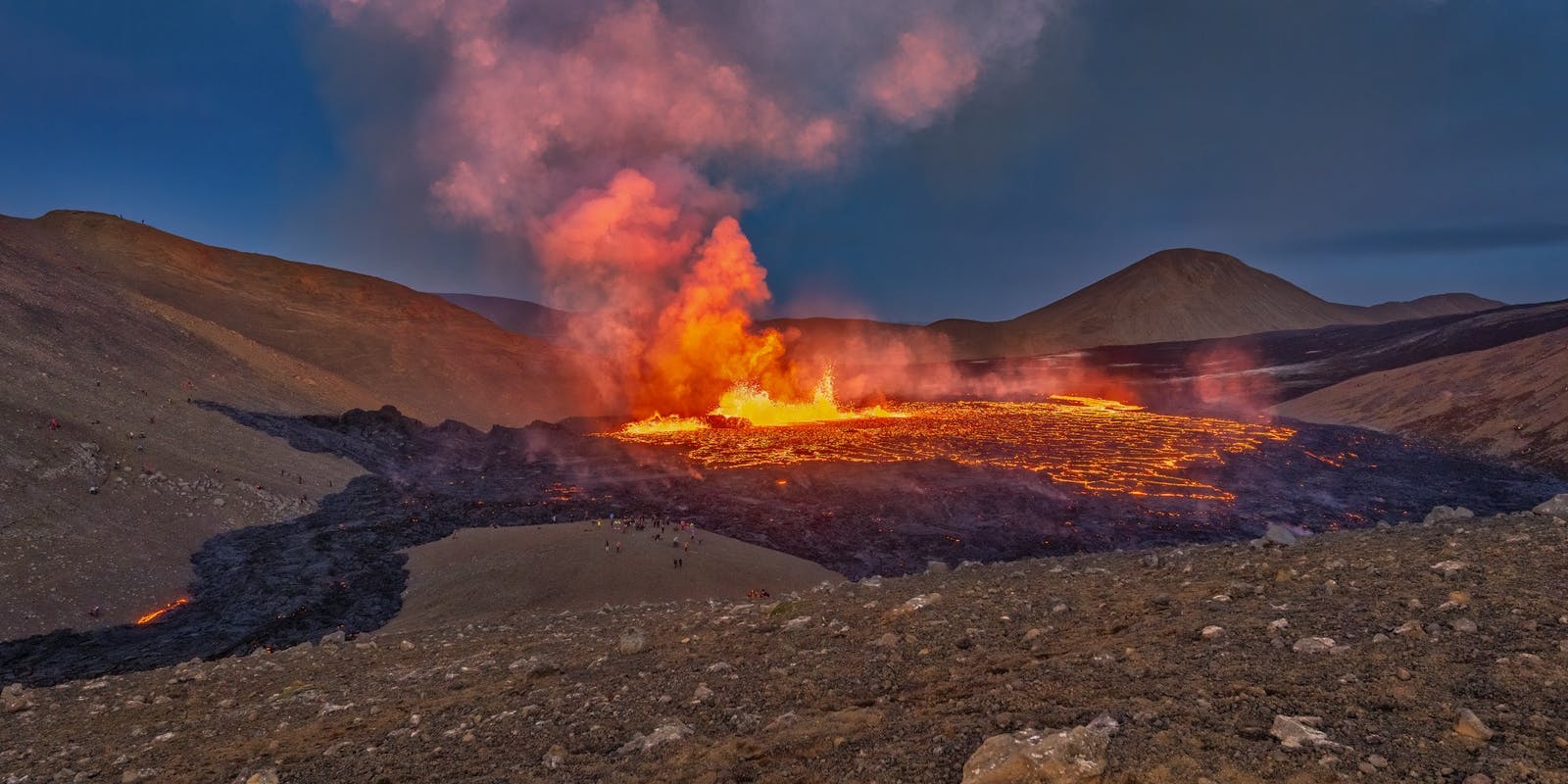
Despite their potential danger, volcanoes captivate us with their raw power and ability to transform landscapes. They are perfect examples of nature's might and unpredictability.
The Forces of Nature exhibit at Perlan, a renowned museum in Iceland, offers a comprehensive insight into how these fiery giants have shaped and continue to mould the landscape of Iceland over the centuries. It's a perfect place to grasp the profound influence of volcanic activity on Iceland, which we see and admire today.
Iceland is home to numerous volcanic systems, many of which have shown increased activity in recent years. Learn more about active volcanoes in Iceland and how they shape the country’s dynamic landscape.
Frequently Asked Questions
Which is the tallest volcano in Iceland?
The tallest volcano in Iceland is Öræfajökull, standing at an elevation of 2110 metres.
Which Icelandic volcano is considered the most feared?
Volcano Katla is often considered the most feared volcano in Iceland due to its history of destructive eruptions and glacial floodings.
What is significant about the volcano Eyjafjallajökull?
Eyjafjallajökull is known for its eruption in 2010 that caused significant disruption to air travel worldwide due to the large amount of ash it spewed into the atmosphere.
Which volcano in Iceland has erupted the most frequently?
Grímsvötn is the volcano in Iceland that has erupted most frequently, with many of these eruptions occurring beneath the Vatnajökull glacier.
Why was Hekla referred to as the "gateway to hell" in medieval times?
In medieval times, Hekla was often shrouded in clouds, giving it a mysterious appearance. European folklore also claimed that witches would gather beneath the volcano every Easter, leading to its nickname as the "gateway to hell".







